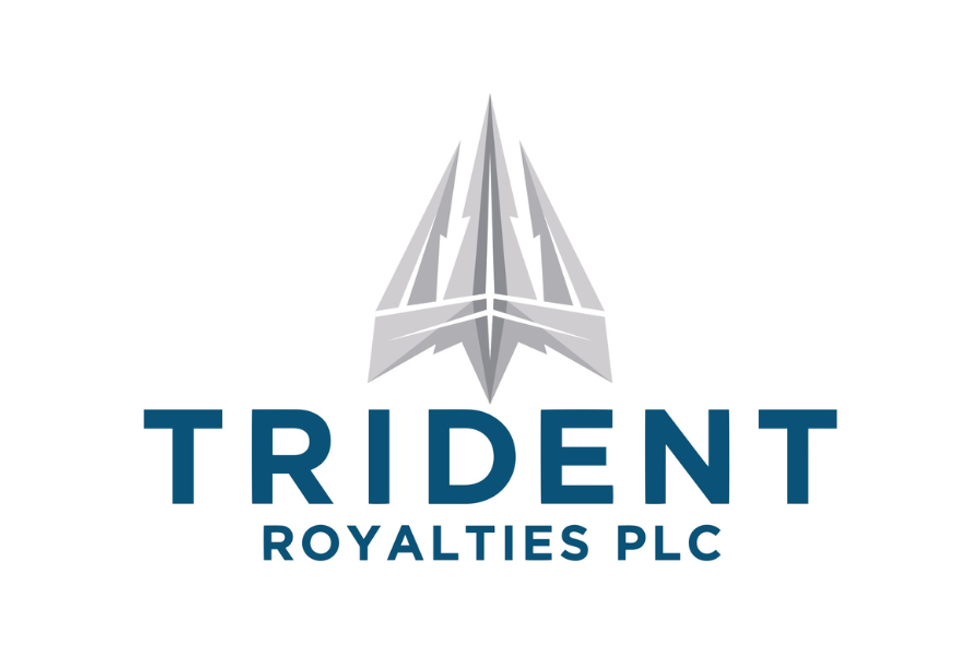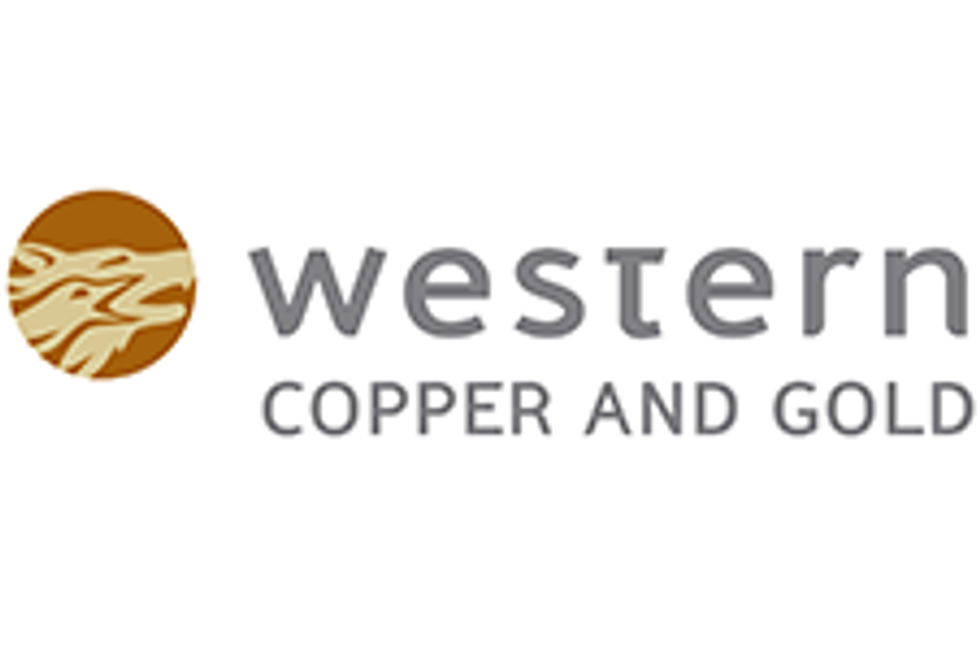- AustraliaNorth AmericaWorld
Investing News NetworkYour trusted source for investing success
Galan Lithium
International Graphite
Cardiex Limited
CVD Equipment Corporation
- Lithium Outlook
- Oil and Gas Outlook
- Gold Outlook Report
- Uranium Outlook
- Rare Earths Outlook
- All Outlook Reports
- Top Generative AI Stocks
- Top EV Stocks
- Biggest AI Companies
- Biggest Blockchain Stocks
- Biggest Cryptocurrency-mining Stocks
- Biggest Cybersecurity Companies
- Biggest Robotics Companies
- Biggest Social Media Companies
- Biggest Technology ETFs
- Artificial Intellgience ETFs
- Robotics ETFs
- Canadian Cryptocurrency ETFs
- Artificial Intelligence Outlook
- EV Outlook
- Cleantech Outlook
- Crypto Outlook
- Tech Outlook
- All Market Outlook Reports
- Cannabis Weekly Round-Up
- Top Alzheimer's Treatment Stocks
- Top Biotech Stocks
- Top Plant-based Food Stocks
- Biggest Cannabis Stocks
- Biggest Pharma Stocks
- Longevity Stocks to Watch
- Psychedelics Stocks to Watch
- Top Cobalt Stocks
- Small Biotech ETFs to Watch
- Top Life Science ETFs
- Biggest Pharmaceutical ETFs
- Life Science Outlook
- Biotech Outlook
- Cannabis Outlook
- Pharma Outlook
- Psychedelics Outlook
- All Market Outlook Reports
Despite a deteriorating global economic picture, as of Thursday, copper is on track to post its highest gains since March, as an appreciation in China’s currency overshadowed the financial concerns permeating the Eurozone, and America.
By Leia Toovey- Exclusive to Copper Investing News
Despite a deteriorating global economic picture, as of Thursday, copper is on track to post its highest gains since March, as an appreciation in China’s currency overshadowed the financial concerns permeating the Eurozone, and America.So far this week, the Yuan has appreciated 0.72 percent, and has broken through 6.4 per dollar for the first time in 17 years. The ascent indicates that Chinese authorities will allow their currency to strengthen at a faster pace than previously thought. Strength in the Yuan vs. the greenback is a bullish factor for all dollar-denominated commodities, which includes copper.
The fact that China is allowing the Yuan to rise provided significant sentimental value. “This suggests to me that Beijing is sufficiently relaxed about allowing the domestic economy to drive growth and being less dependent on the export sector,” said David Thurtell, an analyst at Citi. “It shows they are confident that the Chinese economy has sufficient momentum.” Because China is the world’s largest copper consumer, confidence in the Chinese economy usually translates to confidence in the copper market.
The Yuan’s strength pushed copper on its steepest upward trajectory since March; however, the ascent was given extra impetus by other data points. Ratings agencies confirmed France’s triple-A credit rating, alleviating concerns that Europe’s sovereign-debt problems were spreading to the Eurozone’s second-largest economy. In addition, claims for unemployment-insurance payments unexpectedly fell in the US, calming fears that the nation is headed toward a second recession. On Thursday, the labour department announced that applications for jobless benefits decreased in the week ending Aug. 6 to 395,000, the fewest since early April. Economists expected 405,000 claims.
More positive momentum came by way of better-than-expected copper import data out of China. China’s copper imports rose 9.5 percent to a six-month high in July. Though this is an encouraging data point, analysts claim that the underlying reason for the rise was the arrival of material purchased in May and June, when copper prices were lower. China’s imports of unwrought copper and semi-finished copper products increased to 306,626 tonnes in July after posting a 9.9 percent rise in June, but were still down 10.6 percent from July 2010. The July imports may have included 190,000-200,000 tonnes of refined copper, according to data from the General Administration of Customs. Traders claimed that Chinese investors and merchants had booked more spot refined copper in May and June due to improving arbitrage ratios between London Metal Exchange and Shanghai prices from previous months.
Despite the metal’s resilience in the face of global economic uncertainty, traders predict copper’s price will stay range-bound, as volatility in the equities markets will contribute downside pressure. One major bearish factor underlying the copper market is the fact that cancelled warrants on the LME (material already pegged for delivery) are at 8,300 tonnes. When compared to total LME stocks, this is the lowest percentage of cancelled warrants since February 2010.
Copper refining
The looming copper shortage is encouraging refiners and smelters to upgrade their capacity. Argentina is reportedly in talks with Chinese investors to build a $750 million copper refinery. “We have discussed this issue with Chinese companies that produce cathode copper, that are copper consumers, and are eager to have a this kind of commercial relationship with Argentina because they see us as a big player in the copper market in the future,” Mining Secretary Jorge Mayoral told Dow Jones Newswires. The project would involve building a plant to process copper concentrates into 210,000 tonnes of cathode copper and 700,000 tonnes of sulfuric acid a year. Currently, Argentina has one significant copper mine, Bajo de la Alumbrera, owned 50 percent by Xstrata PLC (LON:XTA), 37.5 percent by Goldcorp (NYSE:GG), and 12.5 percent by Yamana Gold Inc.(NYSE:AUY). On an annual basis, Bajo de la Alumbrera produces 150,000 metric tonnes of copper and 400,000 ounces of gold in concentrate.
Zambia’s second largest copper and cobalt miner, Mopani Copper Mines, will start upgrading its ageing Mufulira copper smelter this month, after a $26 million converter that will help the smelter to reduce sulfur emissions, arrived over the weekend. Installation of the converter is expected to commence next week, and will be completed in December. Mufulira treats concentrates from Mopani Copper Mines units as well as from First Quantum Minerals Ltd.’s (TSX:FM) Kansanshi Copper Mines in Zambia. Zambia, Africa’s largest copper miner by output, is facing a shortage of copper treatment facilities as production increases.
Outlook Reports
Featured Base Metals Investing Stocks
Browse Companies
MARKETS
COMMODITIES
| Commodities | |||
|---|---|---|---|
| Gold | 2325.89 | +9.59 | |
| Silver | 27.37 | +0.19 | |
| Copper | 4.55 | +0.07 | |
| Oil | 82.72 | -0.09 | |
| Heating Oil | 2.57 | +0.01 | |
| Natural Gas | 1.65 | -0.01 | |
Investing News Network websites or approved third-party tools use cookies. Please refer to the cookie policy for collected data, privacy and GDPR compliance. By continuing to browse the site, you agree to our use of cookies.






